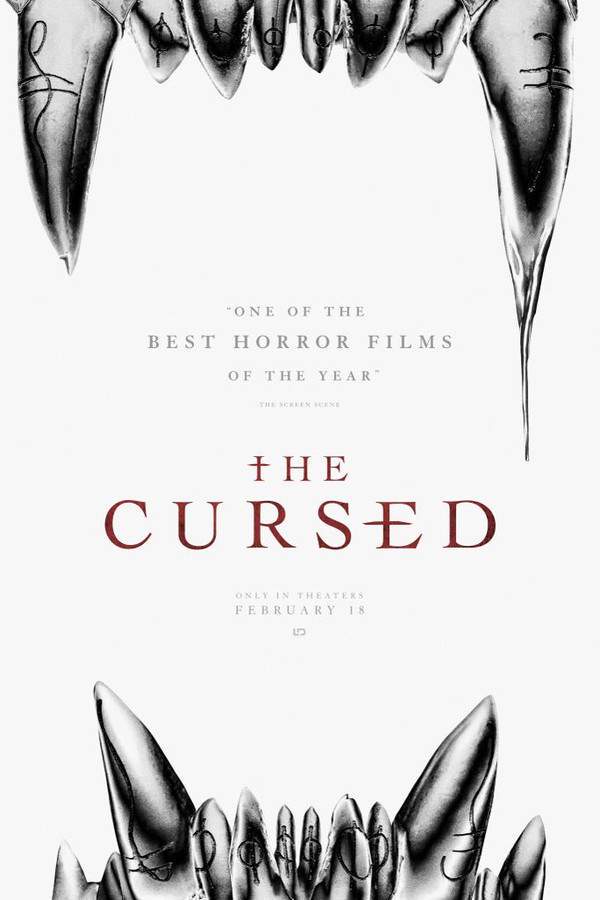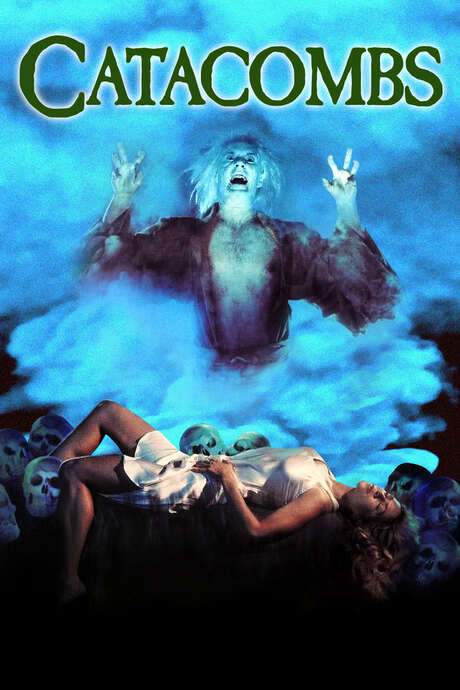
Curse of the Faceless Man
Year: 1958
Runtime: 67 mins
Language: English
Director: Edward L. Cahn
After centuries trapped in stone, a cursed figure emerges from the ruins of Pompeii, driven by an insatiable obsession with women. Anyone who encounters the stone‑encrusted corpse finds their skull inexplicably crushed, suggesting a relentless, supernatural vengeance that stalks those who dare approach.
Warning: spoilers below!
Haven’t seen Curse of the Faceless Man yet? This summary contains major spoilers. Bookmark the page, watch the movie, and come back for the full breakdown. If you're ready, scroll on and relive the story!
Curse of the Faceless Man (1958) – Full Plot Summary & Ending Explained
Read the complete plot breakdown of Curse of the Faceless Man (1958), including all key story events, major twists, and the ending explained in detail. Discover what really happened—and what it all means.
During an archaeological excavation at Pompeii, a worker uncovers an ancient jewel box along with the preserved, calcified remains of a gladiator. As the body is transported to the Museo di Napoli, something extraordinary happens: the gladiator’s body suddenly springs to life, killing the truck driver in a lethal attack. Miraculously, the body appears to be dead again after the incident, but it is found meters away from the wreckage, leaving investigators puzzled about what truly transpired, as no witnesses saw the event unfold.
The scene becomes even more mysterious when the museum’s director, Luis Van Rooten, who plays Dr. Carlo Fiorillo, enlists the help of Dr. Paul Mallon, played by Richard Anderson, to study the reanimated corpse. Fiorillo explains that he’s uncertain whether the body is genuinely dead, a theory that Paul initially dismisses, though he cannot ignore the discovery of fresh blood on the body’s hands. This raises doubts and curiosity among the researchers, further complicating the case.
Meanwhile, Dr. Emanuel, portrayed by Felix Locher, translates an ancient Etruscan inscription found on a bronze brooch inside the jewel box. The inscription reveals a curse that was cast by Quintillus Aurelius, a Roman gladiator who is now the faceless, seemingly undead creature. Quintillus’s resurgence appears to be tied to mystical forces from the past, bringing an ancient curse to life in the modern world. As the story unfolds, it becomes clear that Quintillus has been preserved by the volcanic ash from Pompeii’s eruption and reanimated by the application of X-ray technology used in the study of his body.
Elaine Edwards plays Tina Enright, an artist and Dr. Mallon’s fiancée. She shares with him a series of haunting dreams in which she envisions Quintillus, whom she depicts in her latest paintings. Tina’s connection to the ancient gladiator grows more intense when she predicts that Quintillus is coming for her, a revelation that increases Paul’s concern for her safety.
As the investigation progresses, the police, led by Jan Arvan, dismiss Paul’s warnings about the presence of Quintillus, suspecting that the killer’s blood is on the figure’s hands. Inspector Rinaldi orders the museum to be closed until the guilty party or creature is caught. That night, Tina sneaks into the museum to sketch Quintillus. Unexpectedly, the reanimated gladiator awakens and approaches her ominously. Despite being shot by a watchman, the bullets have no effect, and Quintillus kills the watchman before placing the bronze brooch on Tina’s jacket. By the time help arrives, Quintillus appears to be immobilized again.
To test Quintillus’s vitality, scientists move the brooch near him, and he responds by rising and approaching the group menacingly. Paul attempts to fight him off with an axe but fails to harm the creature. Quintillus then overpowers Paul, knocking him unconscious and heading to Tina’s apartment. When Paul recovers and arrives with others, they find Quintillus motionless at Tina’s feet. The creature is subsequently restrained and returned to the museum, where Fiorillo explains that Quintillus’s semblance of life is due to residual radioactivity from the volcanic ash that preserved him, along with revitalization facilitated by X-ray exposure.
In a bid to understand Tina’s mysterious connection to the ancient past, Emanuel takes her to the “Cove of the Blind Fisherman,” a secluded spot she claims was used as a refuge during Pompeii’s eruption—a place previously unknown to her. Using hypnotic regression and a recording, Emanuel uncovers that Tina was once the object of Quintillus’s affection in Roman times but was forbidden from loving him because she was part of the aristocracy while he was a slave. During her trance, she interrupts her story mid-sentence to describe the eruption of Vesuvius as it happens, hinting at a deep, mystical link to the past.
Emanuel produces a photograph of an ancient sculpture resembling Tina, revealing her true lineage as the daughter of a Roman senator who once owned Quintillus. Under hypnotic influence, Tina then releases Quintillus from his restrains, and he carries her into the sea, where she intends to escape the memories of Pompeii’s devastation. As Quintillus takes her into the waters of the Cove of the Blind Fisherman, everyone watches in awe. Instead of causing harm, he dissolves into the seawater, vanishing without causing further destruction. Paul rescues Tina, who struggles to recall what transpired, and the mystery of the resurrected gladiator is finally resolved, blending ancient curses with scientific curiosity in a story that bridges history, myth, and the unknown.
Last Updated: August 19, 2025 at 05:14
Unlock the Full Story of Curse of the Faceless Man
Don't stop at just watching — explore Curse of the Faceless Man in full detail. From the complete plot summary and scene-by-scene timeline to character breakdowns, thematic analysis, and a deep dive into the ending — every page helps you truly understand what Curse of the Faceless Man is all about. Plus, discover what's next after the movie.
Curse of the Faceless Man Timeline
Track the full timeline of Curse of the Faceless Man with every major event arranged chronologically. Perfect for decoding non-linear storytelling, flashbacks, or parallel narratives with a clear scene-by-scene breakdown.

Characters, Settings & Themes in Curse of the Faceless Man
Discover the characters, locations, and core themes that shape Curse of the Faceless Man. Get insights into symbolic elements, setting significance, and deeper narrative meaning — ideal for thematic analysis and movie breakdowns.

Similar Movies to Curse of the Faceless Man
Discover movies like Curse of the Faceless Man that share similar genres, themes, and storytelling elements. Whether you’re drawn to the atmosphere, character arcs, or plot structure, these curated recommendations will help you explore more films you’ll love.
Explore More About Movie Curse of the Faceless Man
Curse of the Faceless Man (1958) Scene-by-Scene Movie Timeline
Curse of the Faceless Man (1958) Movie Characters, Themes & Settings
Curse of the Faceless Man (1958) Spoiler-Free Summary & Key Flow
Movies Like Curse of the Faceless Man – Similar Titles You’ll Enjoy
The Cursed (2022) Plot Summary & Ending Explained
Curse of the Blind Dead (2019) Detailed Story Recap
The Tomb (2006) Story Summary & Characters
Catacombs (1988) Ending Explained & Film Insights
Curse (1987) Spoiler-Packed Plot Recap
The Mask (1961) Movie Recap & Themes
The Face of Marble (1946) Movie Recap & Themes
The Gorgon (1964) Story Summary & Characters
The Ghoul (1933) Full Summary & Key Details
Pharaoh’s Curse (1957) Movie Recap & Themes
The Mummy (1932) Detailed Story Recap
Tale of the Mummy (1998) Full Movie Breakdown
The Curse of the Mummy’s Tomb (1964) Full Summary & Key Details
The Curse of the Living Corpse (1964) Spoiler-Packed Plot Recap
The Mummy’s Curse (1944) Ending Explained & Film Insights

















